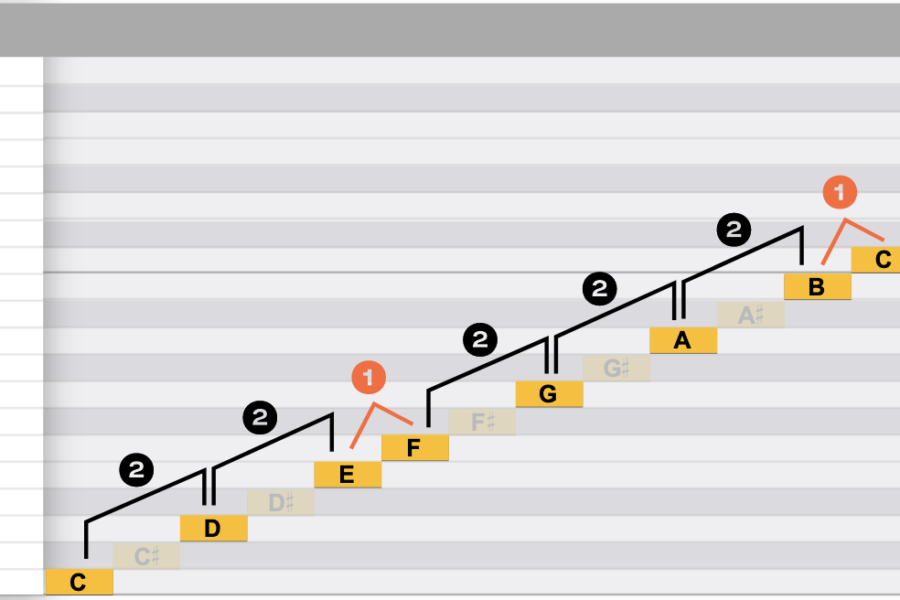1. "Center" of a Scale? In the previous session, I introduced two scales as the most fundamental scales in Western music. C Major Scale A Minor Scale Comparing the two scales, the only difference is where scales start, which tones work as the central tones. But what does it mean by start or center? It's about music, the invisible art.…
yutaMarch 29, 2025










